Make Your Own Game
People all over the world love playing games—and artists love painting, sculpting, and drawing games. What is your favorite game to play? Let’s get inspiration from several works of art in the UMFA collection that show games and people playing games. There are many ways to focus on a work of art—for this conversation we are going to look specifically at the depiction of the games in the art. Why do you think people play games? What might games teach us about the people who play them? Then you can create your own game board that doubles as a work of art. You can even create your own rules!
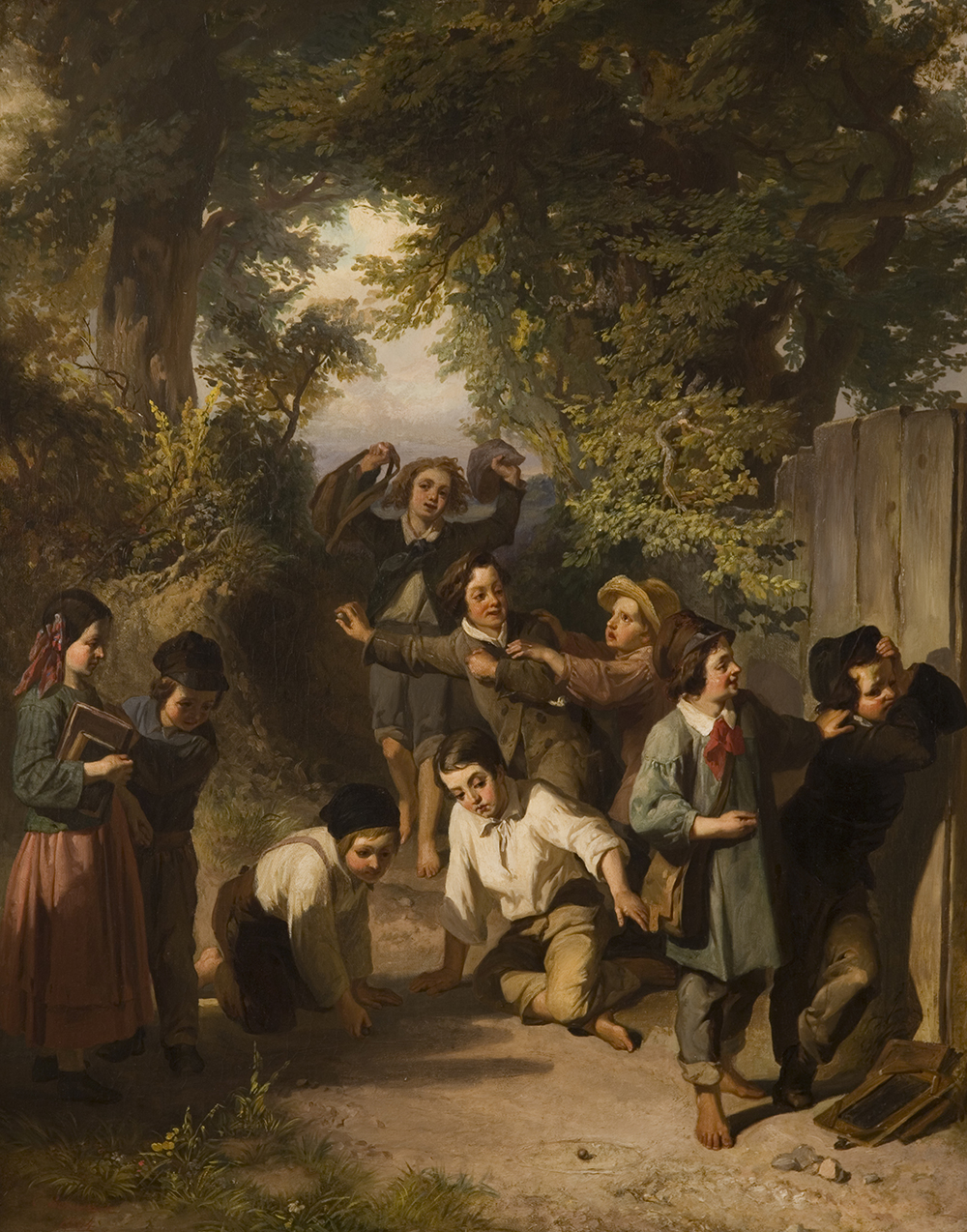
Look closely at this work of art. There is a game played with marbles that you can see at the bottom part of the painting. What do you think the rules are to this game of marbles? And who broke the rules? (Hint: look for children that are having a disagreement.)
This game is played with marbles that are shot around a drawn circle. Do you think this group knows each other well? Have you ever played a game with friends from school? What games do you play?
Learn the rules of marbles here.
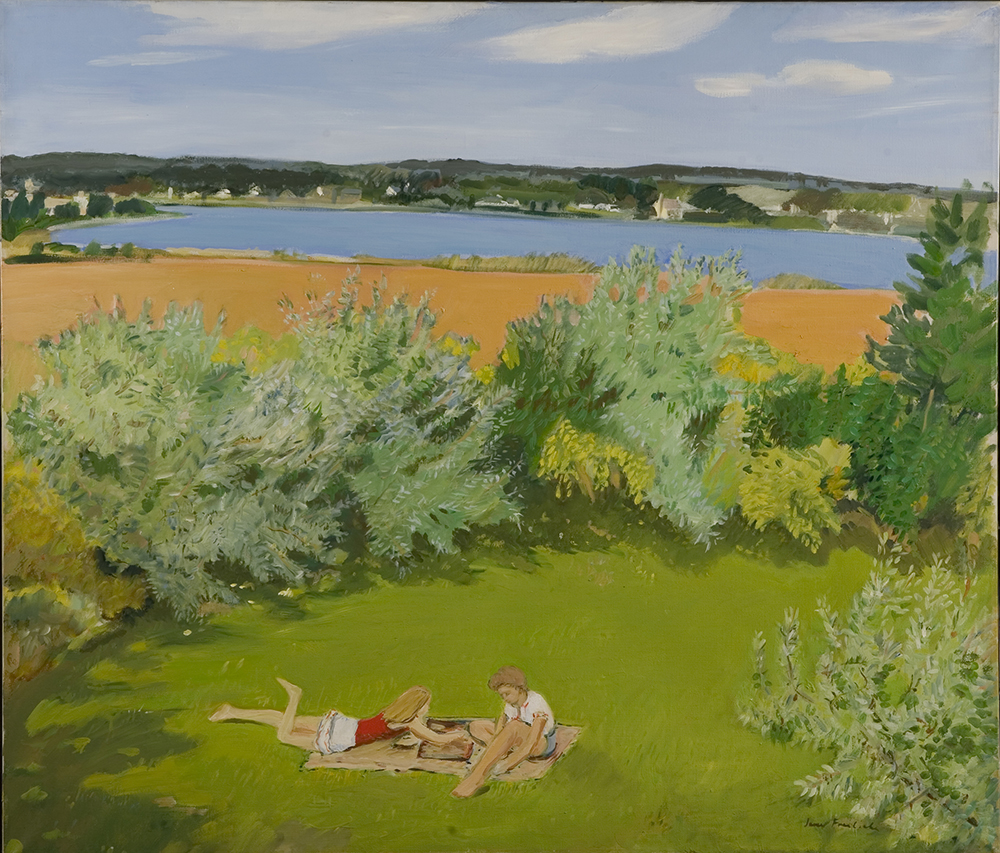
This summer landscape shows two people playing a game on the grass. The title of the painting tells us what they are playing. Backgammon is a board game played with round discs and dice. It can be closed up and taken with you. Why would the artist, Freilicher, want to show people playing a game in this lovely summer weather? When do you play games with your friends or family?
When you create your game, you can decide how big or small it is going to be. Will your game be portable so you can take it outside and play? How will you design it to be carried?
Learn how to play backgammon here.
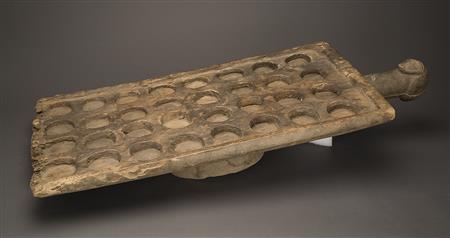
This is a gameboard from the Hemba people of Africa for a game similar to mancala. Mancala is a game played in many countries in Africa. It is played with stones or seeds that move around in little cups. The cups can be anything from a carved piece of wood to scooped-out holes in the ground. What other things are carved on this gameboard? Why do you think they are there?
Your gameboard can be three-dimensional, too! You can sculpt something out of clay or use boxes or containers you find around your house. You can even fold paper to make your game three-dimensional.
Learn how to play mancala here.
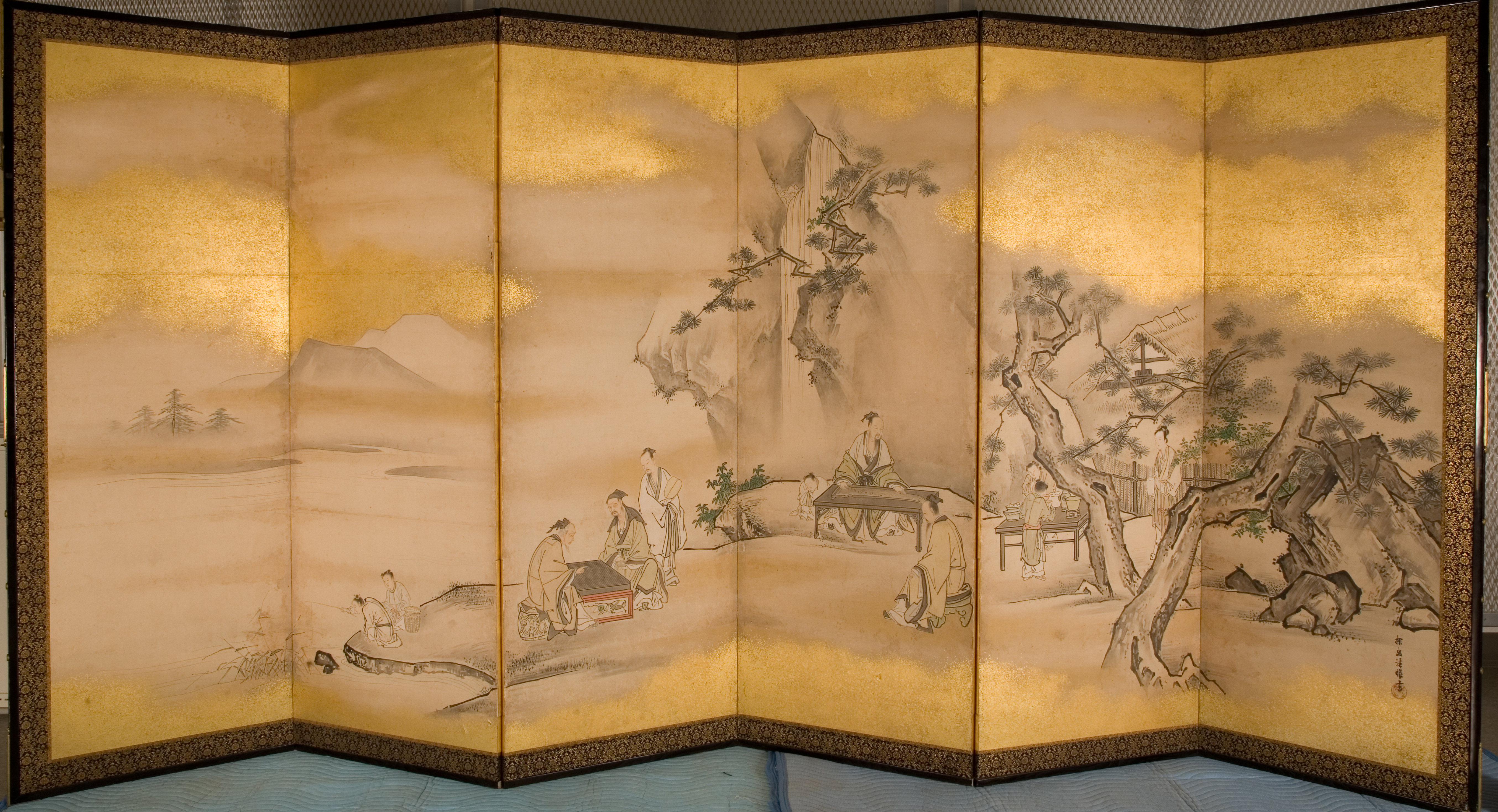
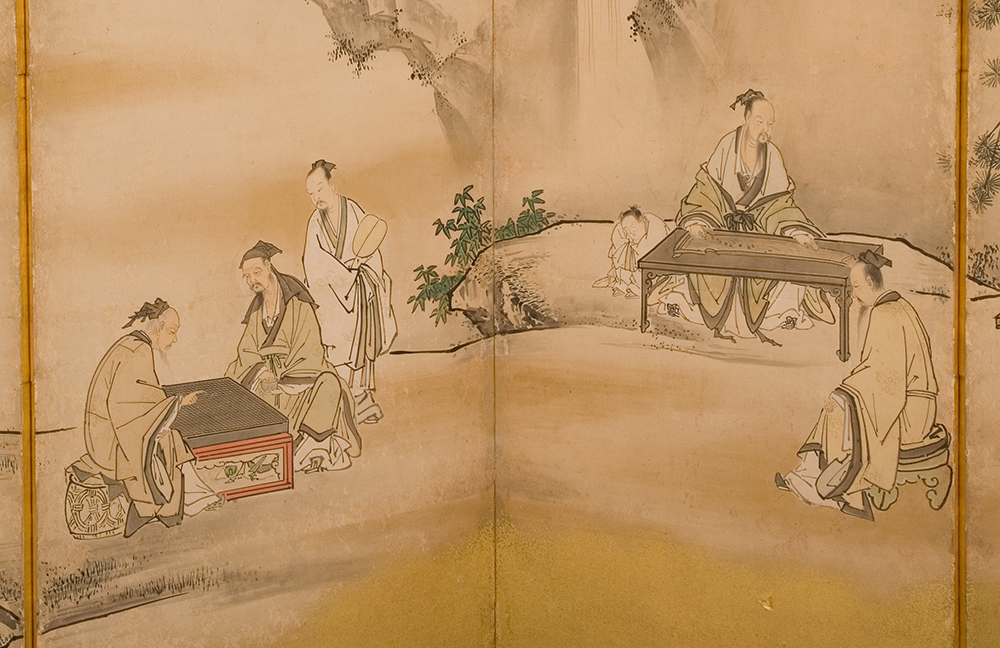
This Japanese screen shows people doing a lot of activities, painting, playing music, and also playing the game of Go. Go is a game of strategy played with stones on a grid. Although it has simple rules it is a very complicated game. Why would this Japanese artist paint the game on a screen used to divide the rooms in a house?
Is there a game that your family plays a lot in your house? Is it a complicated or easy game? What type of game will you make?
Learn the rules of Go here.
Let’s Make a Game
After being inspired by many games in the art at the UMFA, you are ready to make your own. Let’s make a game in five steps.
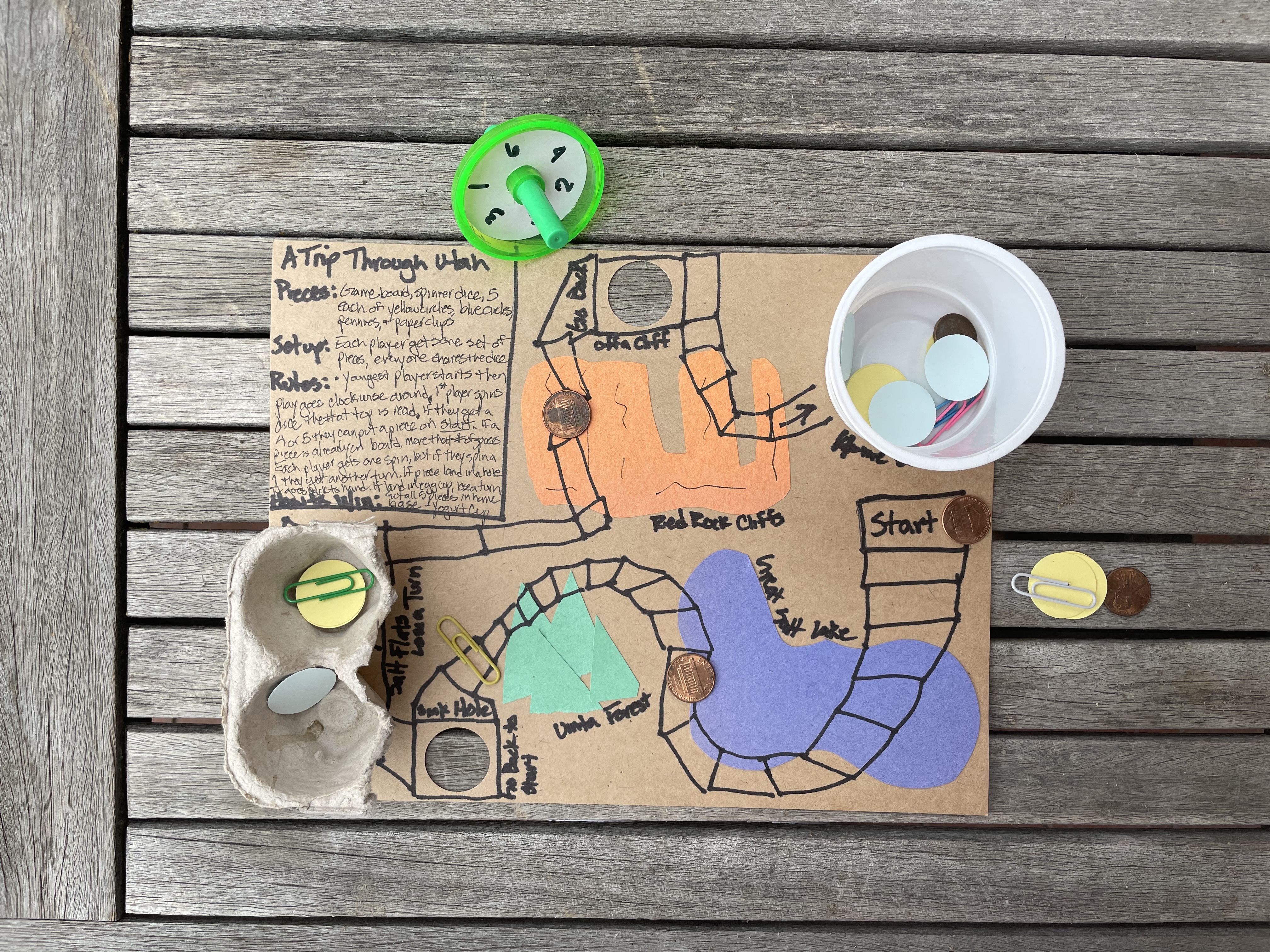
1. Brainstorm and Play
To know what kind of game you like to play you have to play a lot of games. Before designing a game of your own, click the links above to see how the four games shown in the art are played. See if you have any games at home. Try them all!
Do you like physical games like marbles or hopscotch? Or do you like board games like backgammon and mancala? Maybe you prefer strategic games like go or chess.
Think about what games look like. How are they decorated? You might want to make your game fun and colorful like Candyland or very minimal like checkers. Will it be a small travel game for trips or a large game to fill a whole table?
2. Outline Your Ideas
Writing down your brainstorm and sketching many different ideas can help you narrow down what you want to make. Sketchbooks are a great way to organize your ideas. If you want to know how to make a simple sketchbook, look at UMFA’s April Third Saturday activity.
Remember that sketching and outlining are quick and messy. They don’t have to be complete or neat.
Lots of brainstormed ideas are good to begin with, then start narrowing down what you want to make by putting it in list or outline.
Make one final sketch of your idea for the design of the game to use as a blueprint, or a plan, for your final game.
3. Write the Rules
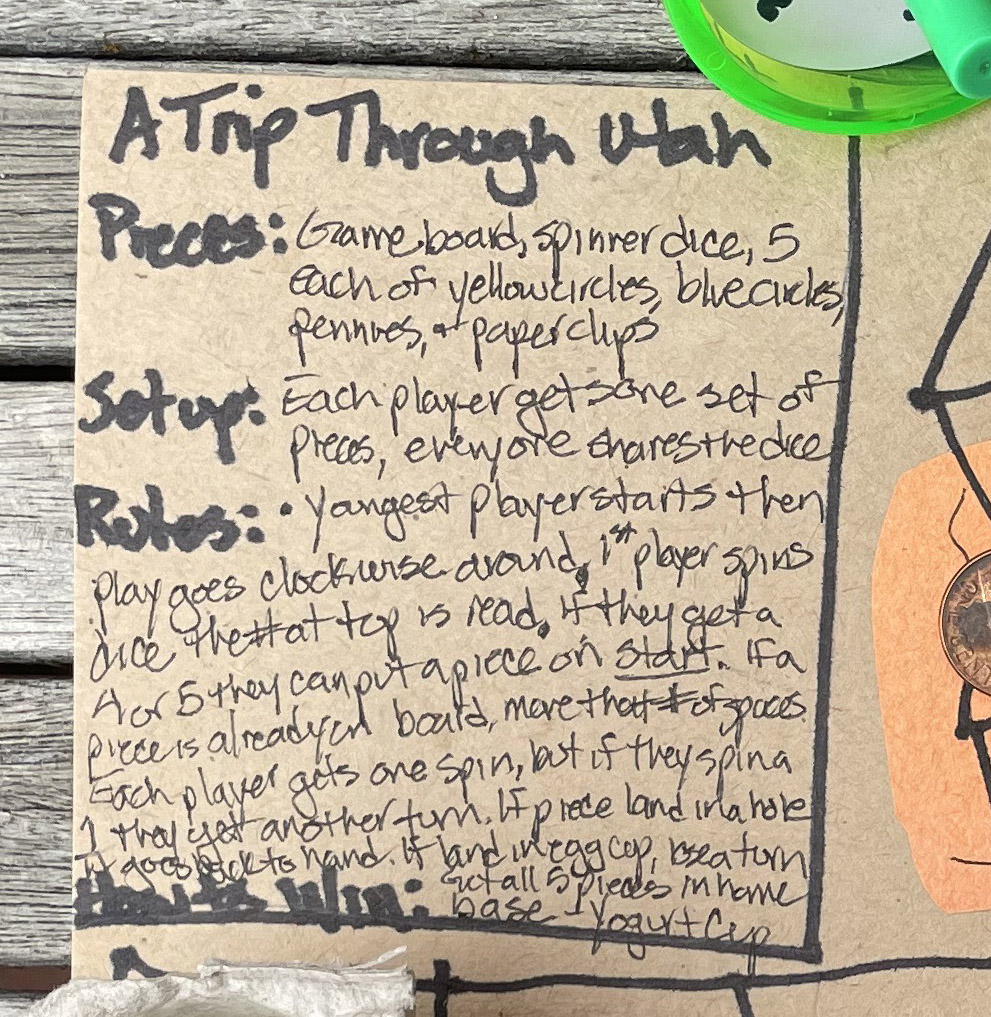
There are several ways you can start making your game, so steps 3 and 4 can be done in any order. You can write the rules first and then create a game to go with the rules. Or you can make a cool game and then write the rules based on what the game board looks like. You can even write the rules and make the gameboard at the same time, changing both as you progress!
When making rules to a game, think about the different parts:
- Title of the game
- List the pieces that the game contains
- How to set up the game
- Rules of play
- How to win the game
4. Build your Game
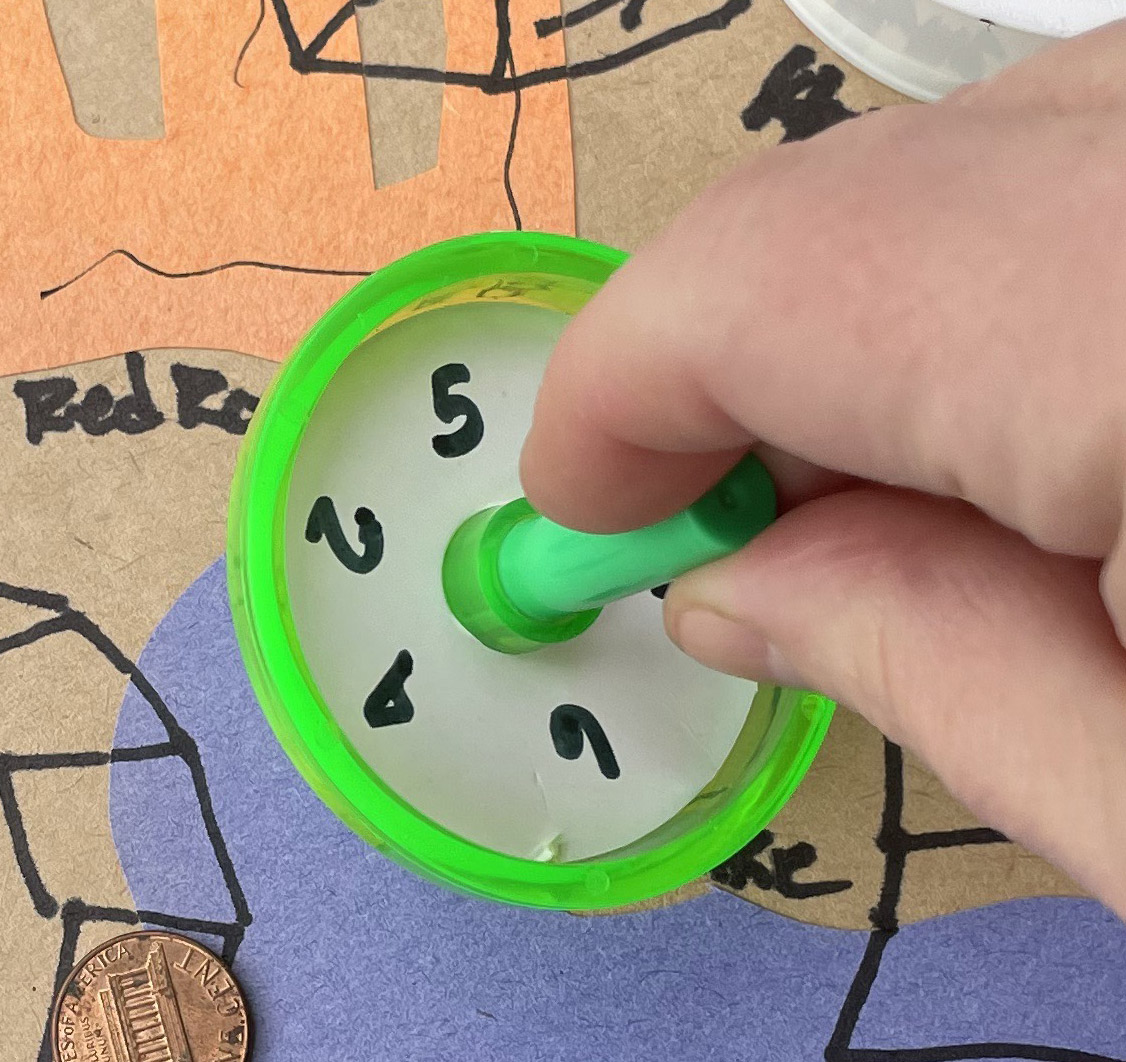
You can use any materials you want for your game. Try thinking of things you have lying around that would make great game pieces. Here are just a few ideas:
Game boards:
- Cardboard boxes
- Paper
- Old trays
- Big leaves
- The sidewalk
Game pieces:
- Beans
- Stones
- Marbles
- Paper clips
- Pennies
- Buttons
Game elements:
- Used food containers (cleaned out!)
- Egg cartons
- Bowls
- Pencil cups
- cardboard
To decorate with:
- Markers
- Watercolors
- Pencils
- Crayons
- Chalk
5. Test your Game
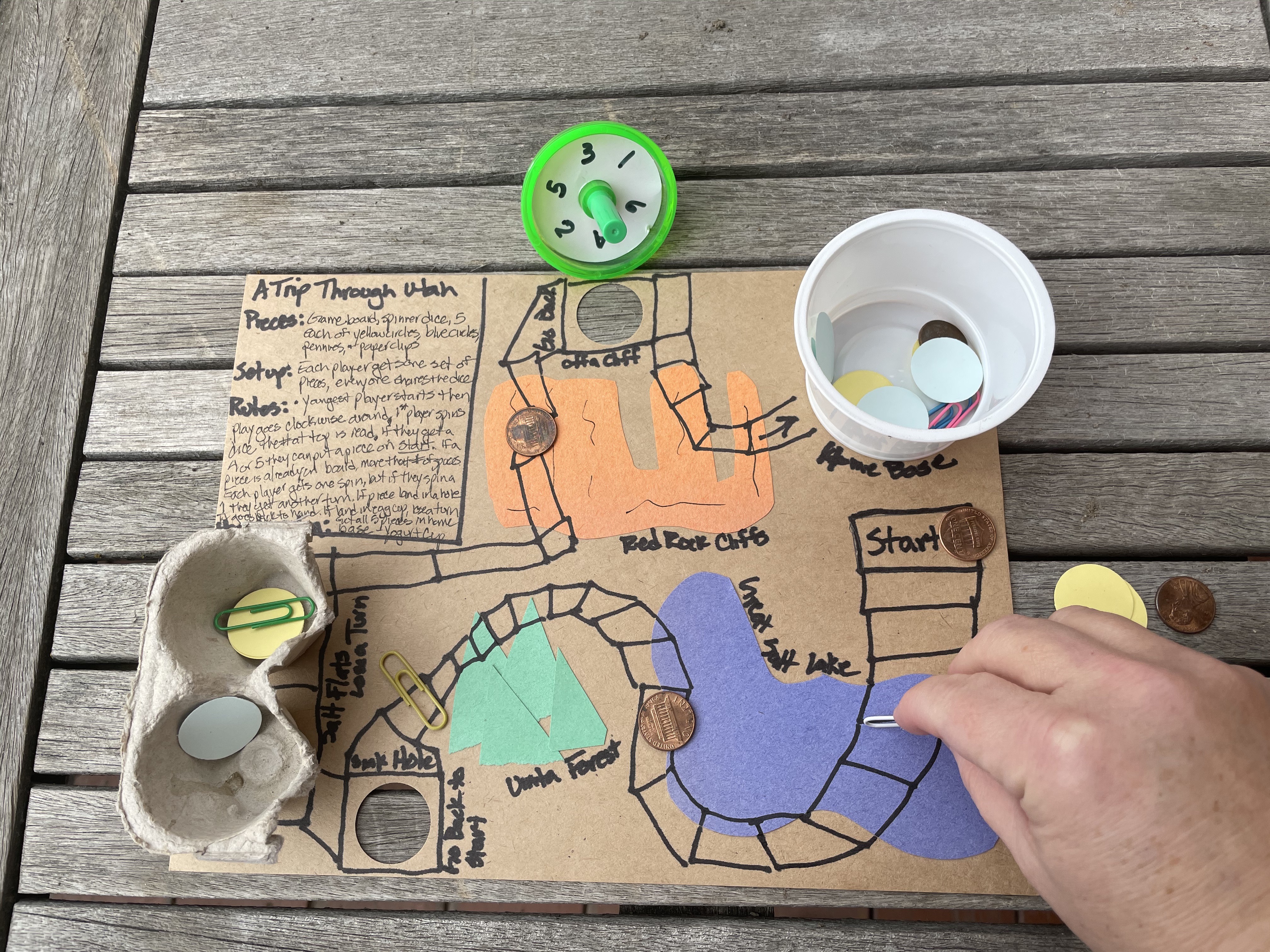
This is a fun part because you can get your friends to help you play the game. The first time you play, you might not have the best rules or the best board, but that’s what testing is all about: refining your game.
Write down all the things your friends or family say about the game. Was it easy to learn the rules? Was it too short or too long to play? Was it fun to play?
You can rewrite your rules or re-make any element if it will help make your game better. Making different versions of your game is a big part of game design.
Have fun playing your game!
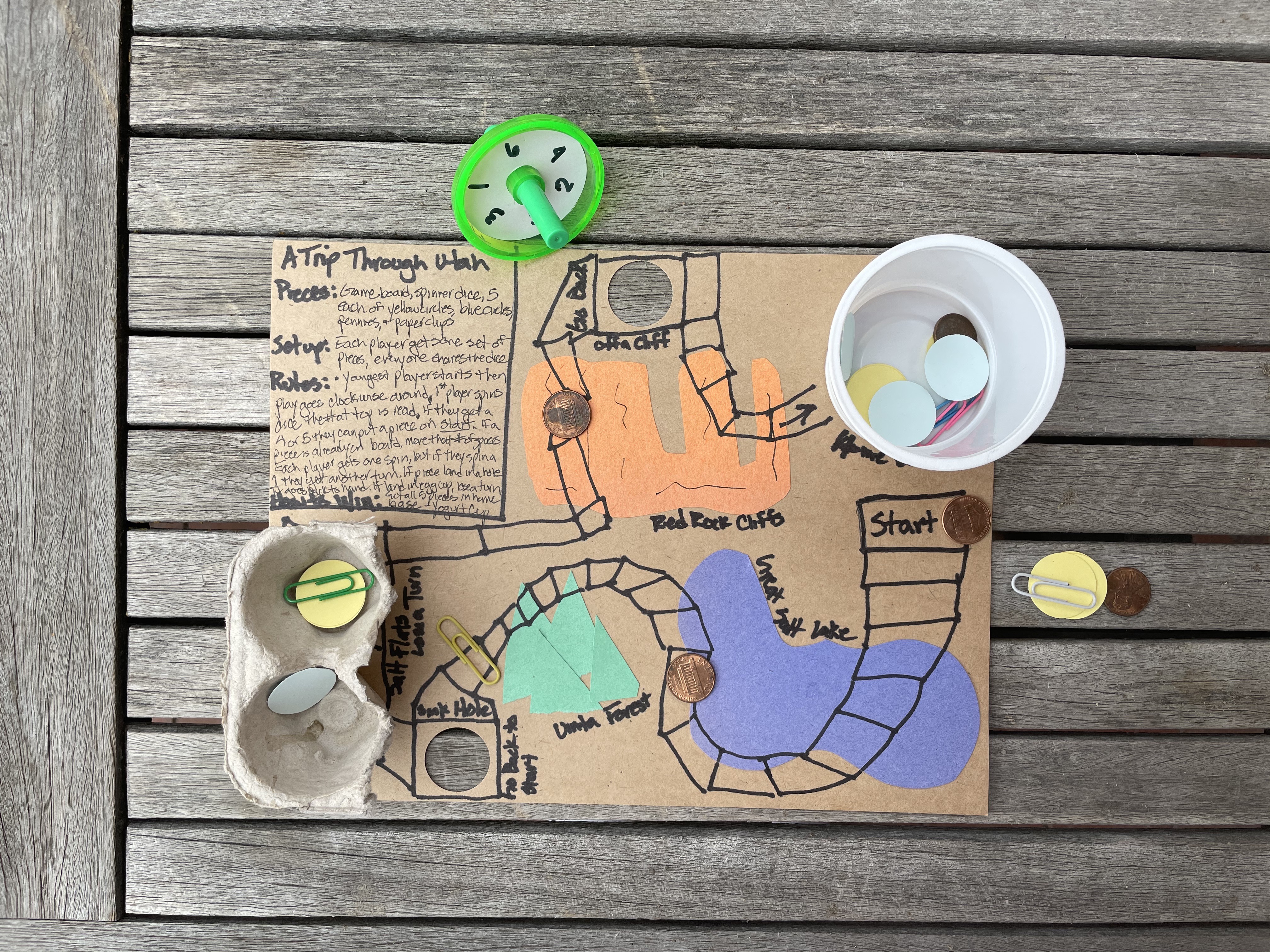
Rules for the game I made!
A Trip Through Utah Landscapes
Pieces: game board, spinner dice, 5 each of yellow circles, blue circles, pennies, paperclips.
Setup: Each player gets one set of pieces, everyone shares the spinner dice
Rules:
- Youngest player starts, then play goes clockwise around the board.
- First player spins the dice, the number at the top is the number they read.
- If they get a 4 or 5, they can put one of their pieces on the start box.
- If they have a piece already on the board, they can move that number of spaces.
- Each player only gets one spin of the dice, then play goes to the next player.
- If they spin a 1, they can take one more spin.
- If their piece lands in one of the two holes, it goes back into their hand.
- If a piece lands in one of the two egg cartons, they lose the next turn.
- When their piece lands in the yogurt cup (home base), they leave it there.
How to Win:
Be the first to get all five of your pieces to home base.
